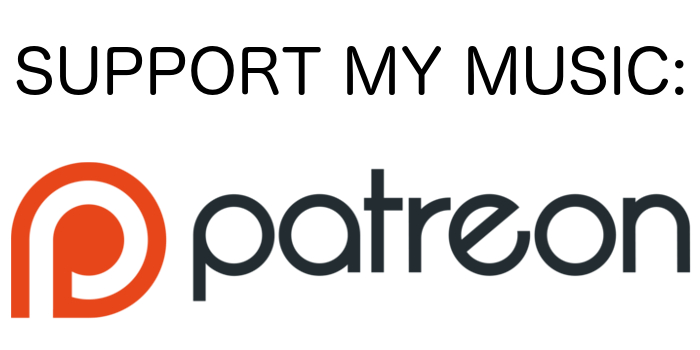Digging deep in DADGAD

Lately, I have been digging deep in DADGAD, which is the alternative tuning that is the standard tuning for me. There are some preconceptions about this tuning, which I will try to break down here. But before all of that, let’s take a look at how I ended up settling for DADGAD in the first place.
Learning to play by numbers
I started playing the guitar 33 years ago, at the tender age of 10. My parents sent me to classical guitar lessons, which was definitely more of my parent’s passion than mine. I just wanted to play rock music. There is a small lesson here for any teacher or a parent who wants to give their child a gift of music. Feed them with what they are passionate about, not what you perceive as the “right path”. Soon enough I lost interest in trying to learn how to read music by adding numbers above the notes. I didn’t learn to read music, I learned to read the numbers. And when the semester came to an end, I told my parents I’d had enough.
For the next few years, I picked up the guitar from time to time but had no direction with it. It was only after we moved a house and I ended up into a new school that the spark really engulfed into a flame. There was a teacher, who ran an after-school band club. I saved every penny I could get my hands on and bought a cheap East German Stratocaster copy. My very first electric guitar!
With the guidance of the teacher, and my own desire to explore and learn I started to take small steps at learning the guitar. I was never good at lessons, but I was good at soaking in guidance and figuring out things my self. I never got any official ear training, but I got really good at picking up things from records.
Ireland bound
In 1996 I left Finland behind and moved to Ireland. I was only armed with my acoustic guitar and a mandolin, which I was dabbling with at the time. Dublin is a very musical city. I absolutely fell in love with the place and the music scene. It inspired me to learn and practice more. I submerged my self into the Irish traditional and folk music. I picked up an Irish flatback Bouzouki. For the next few years, the guitar stayed neglected in the corner as I had a lot of fun with the Bouzouki.
After a few years, I could feel the guitar calling me again. I picked it up and tuned it to DADGAD. It was a great way to take a fresh look at the instrument I always loved. Naturally, the tuning works well with traditional Irish music. You can easily use a capo to figure out one position and just move the capo to a different position for a different key, but more on this bit later. It is also a great tuning for a lot of open chords, where you might be fretting chord around the seventh fret, and have three strings open. This can add a lot of harmonic complexity, which can be challenging to achieve in the standard tuning.
DADGAD is my standard
So for the past 19 years, I have only played the guitar in DADGAD tuning. Throughout this time I have grown a natural curiosity for the tuning and how far can I push it. The tuning naturally works well in keys of D, G, A, Am, Bm and Em. I have found keys like C, F, and F#m can feel a bit clunky in the beginning, but when you get familiar enough with them, they can be very rewarding.
And this leads to my rant about Capo’s. A capo is a device used on the neck of a guitar to shorten the playable length of the strings, hence raising the pitch. It can also allow you to use the fingering of an easier key in a different position. I do believe capo has it’s use when used for a sonic purpose. But over relaying on it for trying to make the key easier to play in my opinion will just make you a lazier player. You should try to learn to play in as many keys as possible, no matter what tuning you use.
Pushing beyond the normal
Now in the past few months, I am pushing my guitar playing through my songwriting, by working on keys like the E flat and Fm. These have already opened up a whole set of new sonic possibilities with open chords and alternative fingerings from the shapes I am using regularly. It is this curiosity that helps me to become a better guitarist.
I also am working on some cover songs that I am posting on my YouTube channel. I try to pick covers from all sorts of genres and give them my folk twist. This does come with its own rhythmical and chordal challenges, which I am embracing with an open heart.
If you are hoping to improve your guitar playing, I have compiled my 30min guitar workout in a free video series consisting of six videos, which you can check out HERE. This guitar workout will put structure in your practice and help you beocme a better guitarist.
J.P.
-
Recent Posts
Categories
-

Enter your info below, and you will immediately be sent EIGHT of J.P.'s
Songs

